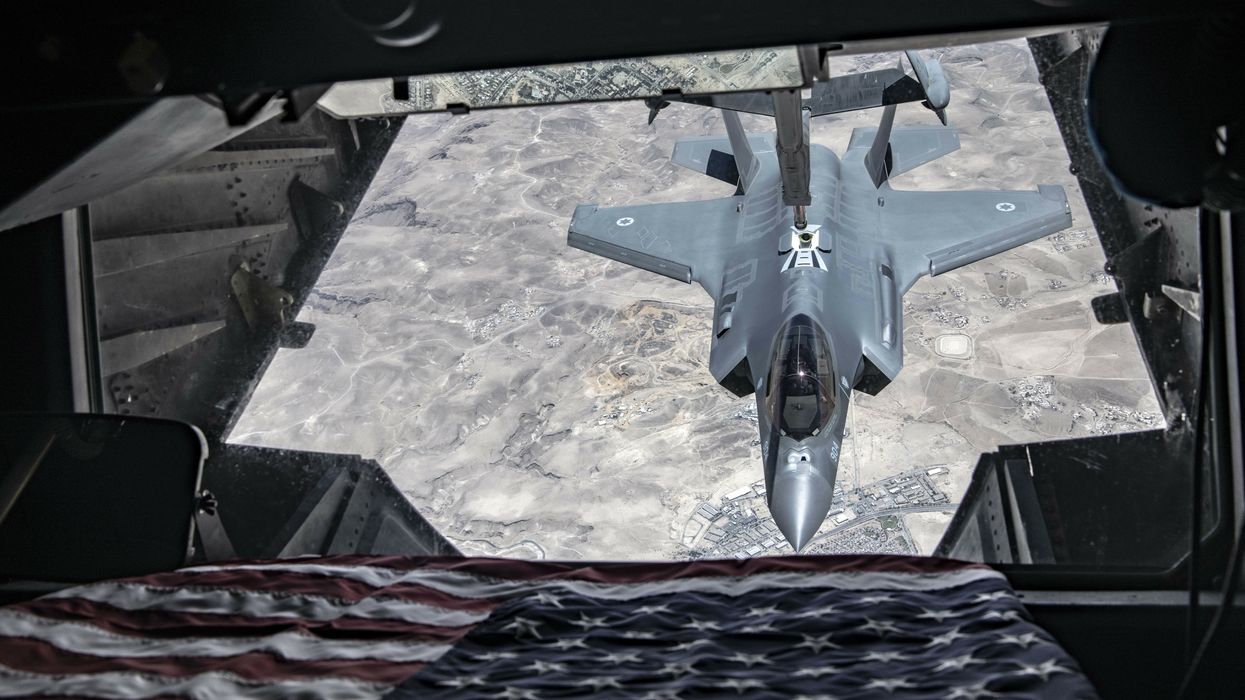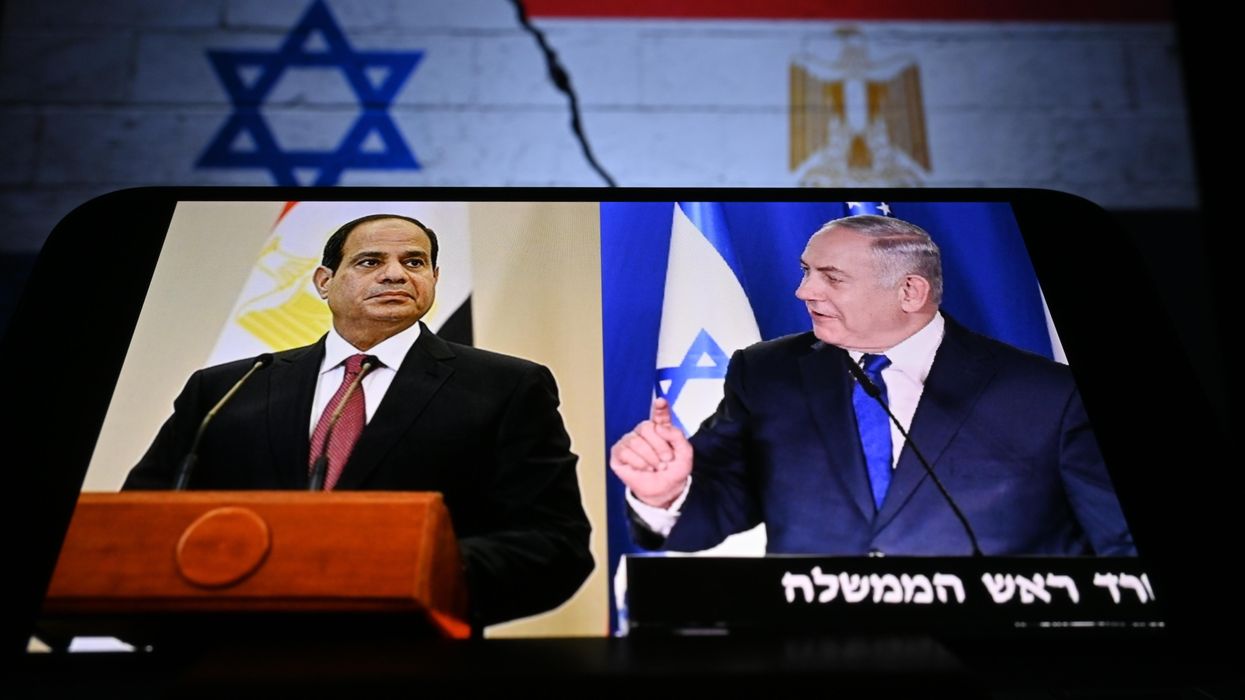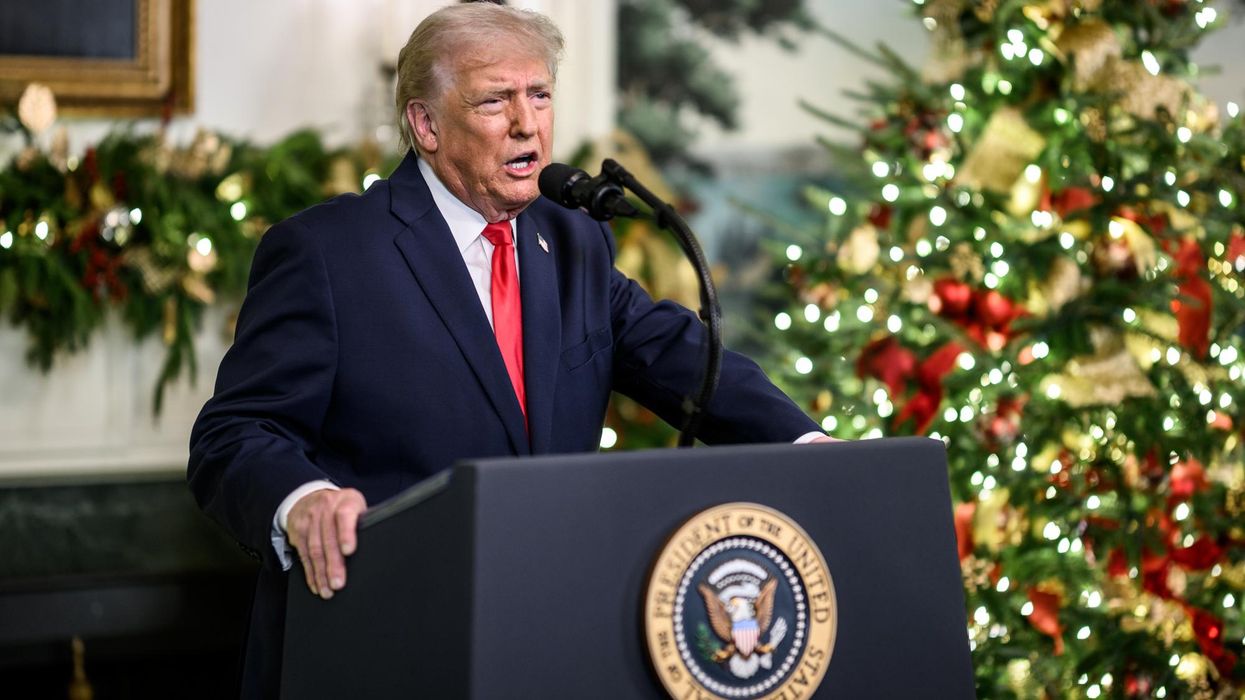President Donald Trump’s second term has so far been a series of “shock and awe” campaigns both at home and abroad. But so far has left North Korea untouched even as it arms for the future.
The president dramatically broke with precedent during his first term, holding two summits as well as a brief meeting at the Demilitarized Zone with the North’s Supreme Leader Kim Jong-un. Unfortunately, engagement crashed and burned in Hanoi. The DPRK then pulled back, essentially severing contact with both the U.S. and South Korea.
The Biden administration did little to break the stalemate, during which Pyongyang expanded both its nuclear arsenal and missile capabilities. The North’s objective appears to be an effective deterrent against Washington, meaning the ability to target the American homeland. In that effort, Kim likely benefits from his close partnership with Russia’s Vladimir Putin. For the latter, enabling the DPRK to put the U.S. at risk would be payback for Washington’s vigorous proxy war-plus against Moscow in Ukraine.
The North has so far demonstrated no interest in reviving the two leaders’ relationship. However, Trump remains the only sitting American president to reach out to the North, and thus apparently willing to consider relaxing economic sanctions, a major North Korean objective. Pyongyang has reason to both play hard-to-get for negotiating purposes and pursue diplomacy if Trump again opens Washington’s door.
Still, convincing Kim to take a risk after his humiliating failure in 2019 might require more than just a love letter or two. To entice Pyongyang, Trump should demonstrate his commitment to establishing a serious relationship with Pyongyang and bringing the North into the larger global order. Toward this end, he should drop the ban on American travel and propose diplomatic relations with the DPRK.
Trump imposed a travel ban in 2017, prohibiting North Koreans from coming to America. The policy was bizarre on its face. After all, the number of North Koreans attempting to visit the U.S. was vanishingly small. The harm they could do to America was inconsequential. The policy appeared to be an afterthought, an attempt to present Trump’s original “Muslim travel ban” as something else with North Korea’s (and Venezuela’s) inclusion.
Next, the administration banned Americans from traveling to the DPRK. This policy also made little sense. By what measure is North Korea too dangerous for Americans? Over the previous two decades a score of Americans was detained; all but one survived mostly brief imprisonments. In contrast, Syria, left open for extreme tourists, enterprising journalists, and warrior-wannabes, claimed several American lives. Indeed, the risks of my two trips to North Korea paled compared to those to Syria, Afghanistan (twice), Sudan, South Sudan, Haiti, Iraq, Burma/Myanmar (several times in Karen-held territory during the civil war), Pakistan, Bangladesh, and Indonesia (including in the Moluccan Islands, then aflame between Muslim and Christian militias). Yet Washington restricted travel to none of the latter lands.
Nor did the Trump ban serve any useful purpose. The administration acted in the aftermath of student Otto Warmbier’s tragic death. However, the exact circumstances of his arrest and injury are, according to those involved in North Korean tourism, more complicated than the official version of events. Indeed, neither doctors nor a coroner found evidence of torture.
Moreover, the North long recognized that American prisoners were valuable only if alive and always returned those who violated its rules after winning Washington’s attention. Only four of the 15 Americans held after 2009 were tourists, and they all knowingly violated the North’s dictates. Of course, that didn’t warrant punishment, let alone death, but the regime is even more brutal and unforgiving toward its own people. The Trump ban achieved little other than to further isolate a country and system that desperately requires the opposite treatment. Indeed, U.S. regulations prevent almost all tourism, journalism, and even humanitarianism, given the practical difficulties in winning State Department approval for travel.
After his latest inauguration, Trump issued an expanded travel ban, affecting 19 countries, with another 36 potentially similarly targeted. This time the North was not cited despite reportedly being originally considered for inclusion. Some have speculated that the exclusion was intended to ease any move toward bilateral negotiations. More likely, however, it resulted because North Korea is not required to suggest faux balance to the latest list, which is not otherwise limited to Muslim-majority nations. Pyongyang ostentatiously dismissed the issue as having minimal practical relevance: “one obvious fact is that we are not in the least interested in the matter of entry into the US.”
Only the ban on Americans remains, and it expires annually. The administration should have allowed it to end on August 31, but unfortunately in May extended it through next year. Lifting the ban would demonstrate that Washington welcomed contact between the two countries. Allowing more Americans to travel there would also create a window, albeit small, into a very opaque society.
The DPRK has an obvious if somewhat inconsistent interest in revitalizing tourism. It recently opened the Kalma Coastal Tourism Zone, reportedly with space for 20,000 tourists, in Wonsan on the east coast. Although the area is open primarily for domestic tourists, Russian travel operators have begun advertising tours. Moreover, North Korea is again operating sightseeing boats on the Yalu River out of Sinuiju, though so far the tours are for North Koreans only.
Indeed, after only three weeks, Pyongyang shut down foreign tourism in the Rason Special Economic Zone, which had opened in February. The reason is speculative, but the authorities probably underestimated the negative information gleaned by travelers. Tourists also pushed the limits at the recent Pyongyang marathon, and the firm SI Analytics believes that Pyongyang is presently developing tighter controls. Noted CBS, “there is no word on when the country will fully reopen to foreign visitors.”
Trump also should propose that the two governments establish diplomatic relations. They could start small, with liaison offices, but with the expectation that full embassies would eventually follow. Having diplomats in Pyongyang, with some opportunity to travel outside of the capital, would provide American policymakers with at least minimal knowledge of conditions within the North and modest opportunity to view changing circumstances.
Official ties would also facilitate ongoing dialogue. Diplomacy should be recognized as a requirement, not treated as a reward, especially when the government involved is seeking to target American cities with ICBMs topped with multiple warheads filled with nuclear weapons.
If in October 1950, Washington and Beijing had diplomatic missions in each other’s capitals, they might have discussed the danger of a military clash as allied forces marched north and reached a modus vivendi, perhaps preserving a rump North Korea as a buffer for the PRC. An accommodation, no matter how imperfect, could have forestalled another two and a half years of war. In contrast, consider had there been no U.S. communication with the Kremlin as the Cuban Missile Crisis nearly exploded, literally. Later “Ostpolitik,” which led to mutual recognition of the two Germanys, reduced Cold War tensions between them and their mutual patrons, the U.S. and USSR.
Obviously, talking more routinely would not ensure that the most important issues were covered, let alone resolved. However, treating the North as an equal sovereign country worth engaging would encourage dialogue, including on controversial topics such as human rights. The two governments could discuss a framework for peace, perhaps starting with an end of war declaration and negotiation of a peace treaty. Rather than demand a commitment to denuclearize, Washington could push for an initial nuclear freeze in return for partial sanctions relief.
The price might be high, but Kim has dramatically increased his leverage. In the more than seven years since the first summit, he has added and improved nukes and missiles and forged a profitable alliance with Russia. Is Trump prepared to play tough and end up with an Asian nuclear crisis while embroiled in the Mideast and fighting a European proxy war?
North Korea is important. The issue is also increasingly urgent. A report from the Asan Institute/Rand Corporation in 2021 warned that before decade’s end “North Korea could have 200 nuclear weapons and several dozen intercontinental ballistic missiles (ICBMs) and hundreds of theater missiles for delivering the nuclear weapons.” Assume those ICBMs can accurately target American cities. Washington policymakers would have to reconsider the ROK alliance, which requires being willing to go to war against a state capable of destroying America.
The president is busy, but North Korea won’t wait. With Pyongyang seeking to create an effective nuclear deterrent against the U.S., engagement is a must. President Trump needs to lead, and he should do so by seeking to increase contact not only between Washington and Pyongyang, but also Americans and North Koreans. Such efforts won’t substitute for serious diplomacy. However, they might make serious diplomacy possible and even eventually successful.
- Nukes up: North Korea tests absent US policy ›
- Kim Jong Un reminds Trump they have unfinished business ›
- Reality check: North Korea won’t give up its nukes | Responsible Statecraft ›
















